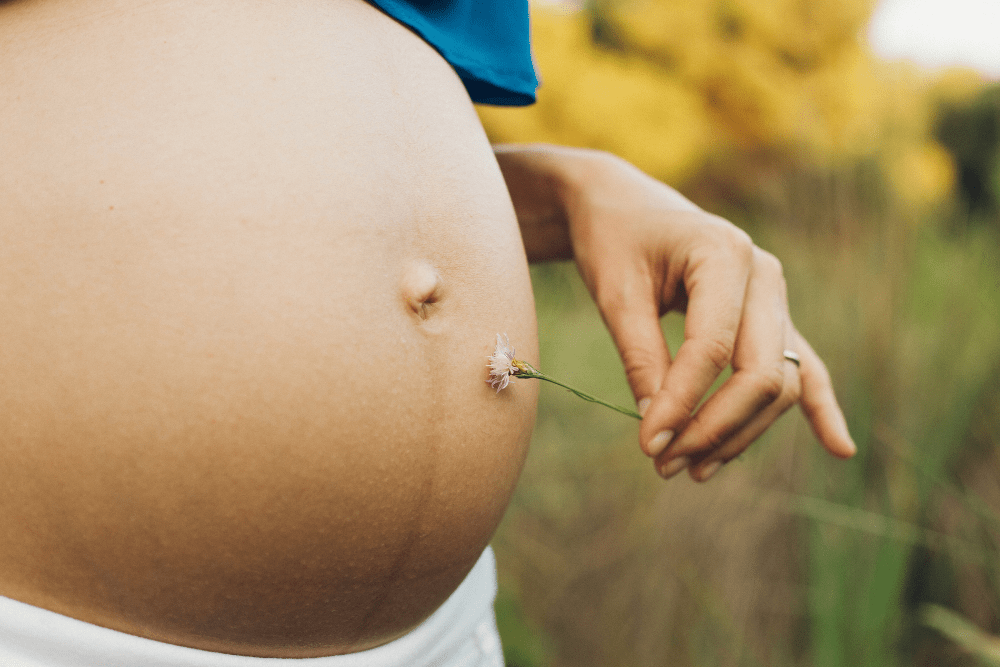
What the NSW Mothers and Babies Report 2010 is really telling us…
For fourteen years NSW Health has been producing the New South Wales Mothers and Babies Report. The goal of this report is to provide information on recent trends in the health of mothers and babies in NSW, maternity services provided by hospitals, the health of Aboriginal mothers and babies, the health of mothers born overseas and their babies, and congenital conditions in babies.
The report draws on information from a range of sources, including the NSW Perinatal Data Collection, the NSW Register of Congenital Conditions, and the NSW Admitted Patient Data Collection, as well as birth registration data from the NSW Registry of Births, Deaths and Marriages. In addition information on possible causes of infant deaths is also examined.
More than providing a general statistical overview, the New South Wales Mothers and Babies Report can be viewed as a health check-up for our hospital system and the way it treats, handles, manages or mismanages birth, birthing women and babies. With the New South Wales Mothers and Babies Report 2010 just released a fairly sobering overview of the system and our fate as a species comes to light.
Many pregnant women wonder what their chances are of achieving a natural birth. It is a common question asked on online forums, at hospital check-in visits and of midwives, doctors and other medical staff. But while discussion ensues about strategies to maximise your chances of a natural birth and ways to combat unnecessary interventions, the New South Wales Mothers and Babies Report 2010 puts a figure on it – 57.7%. That’s right. In 2010 only 57.7% of women achieved a normal vaginal birth.
Step aside from the details and consider for a moment what this seems to mean. Could it be true that only a little over half of us are actually able to give birth vaginally? The notion seems ludicrous – and it gets worse. The rate of normal vaginal birth is decreasing, dropping from 60.4% in 2006 to 57.7% in 2010. At that rate of decline, normal vaginal birth will became the stuff of myth and legend inside of 20 years!
Keep in mind that Homo Sapiens originated in Africa 200,000 years ago. If as a species our ability to birth is so impaired, it is a wonder that we, as a species, have survived this long. Could it be that the human birthing body is in fact… a lemon? The answer is, probably not, and the truth of the situation is to be found hidden in the details.
The New South Wales Mothers and Babies Report 2010 reports that the rate of caesarean births increased from 28.8% in 2006 to 30.5% in 2010. In addition the rate of instrumental birth increased from 10.1% to 11.5%. Alarming enough as this is to realise that a surgeon’s knife was so often chosen over instrumental assistance, keep in mind these statistics are based on public patients. The private patient story is far, far worse.
The rate of normal vaginal birth among privately insured mothers fell from 48.4% in 2005 to 46.6% in 2009. There appear to be two conclusions to draw from this – women who have private health insurance have bodies that are even less able to birth naturally than the rest of the population… or the private health system is failing women.
Perhaps the most compelling piece of information though can be found in the most awful statistic of all – perinatal death. For the purpose of statistical calculations in Australia, perinatal death refers to the death of a baby after 20 weeks gestation, before or during birth, or up to 28 days thereafter.
While the New South Wales Mothers and Babies Report 2010 discusses perinatal death, this is the one statistic in the Executive Summary for which a comparison to previous years is not provided – and with good reason. While the Australian Bureau of Statistics reports that perinatal death declined from 10.6 per thousand babies born in 2005 to 9 per thousand born in 2009, NSW Health statistics reveal that the rate of perinatal death in NSW remained at 8.7 babies per thousand between 2005 and 2010, rising to 9 in 2007. Despite the use of caesareans and instrumental intervention, despite the presence of private health insurance, in NSW not one more baby was saved.
While the effects of birth trauma on women and babies continue to be reported, the New South Wales Mothers and Babies Report 2010 delivers to us some important messages. The rise of interventionist measures does not equate to higher rates of live births; private health insurance reduces your chances of achieving a normal vaginal birth; and perhaps most important of all we must act to save normal vaginal birth before it becomes extinct.
“Remember this, for it is as true as true gets: Your body is not a lemon. You are not a machine. The Creator is not a careless mechanic. Human female bodies have the same potential to give birth well as aardvarks, lions, rhinoceros, elephants, moose, and water buffalo. Even if it has not been your habit throughout your life so far, I recommend that you learn to think positively about your body.” ― Ina May Gaskin, Ina May’s Guide to Childbirth
Page revised on 13th December 2021


Recent Comments